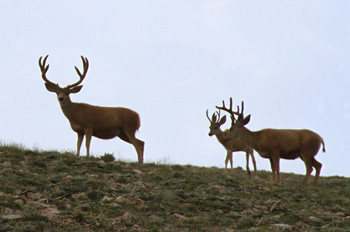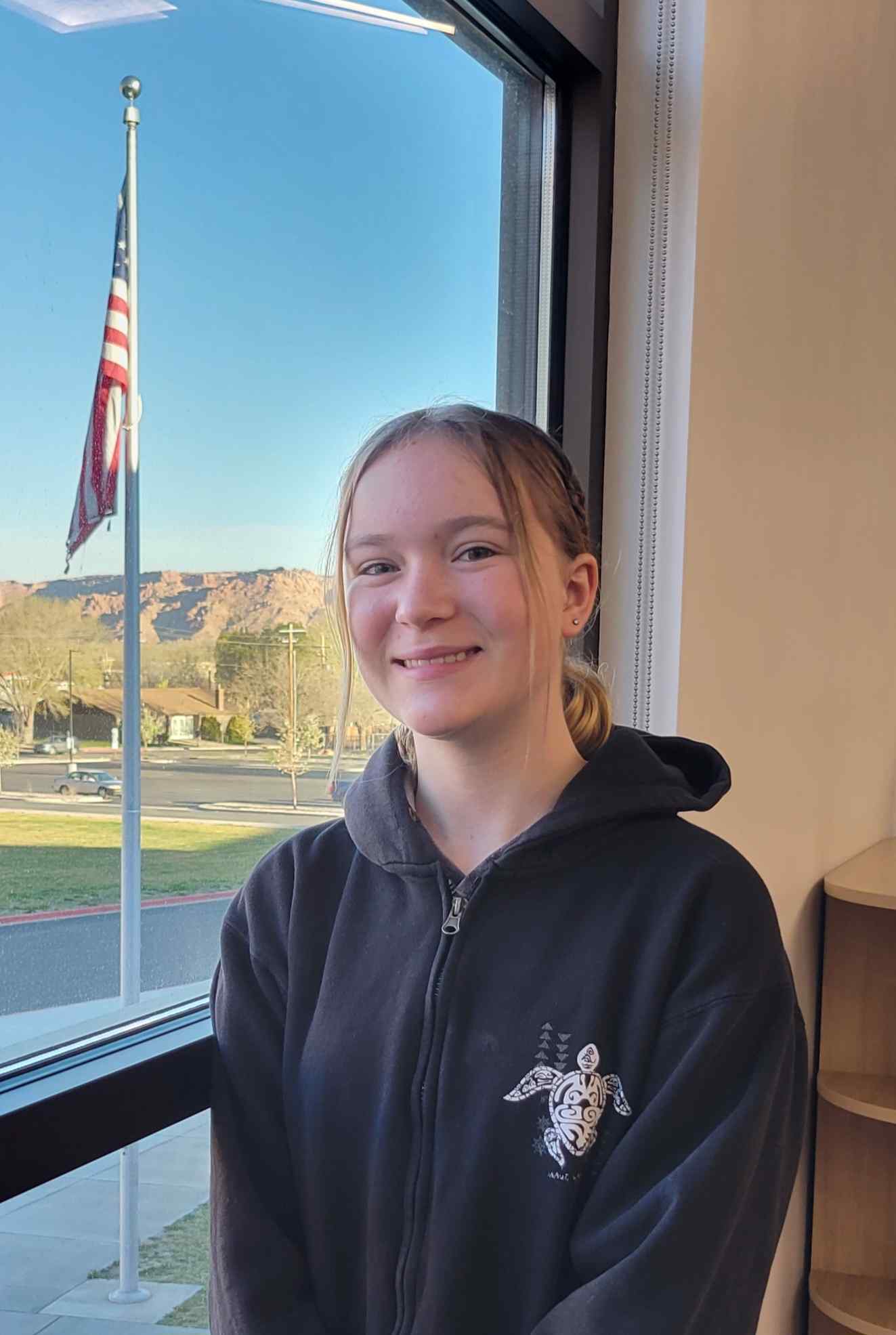If you’re an archery hunter, you can stay safe during this year’s archery hunts by following a few, simple rules.
Utah’s general archery buck deer and elk hunts kick off Aug. 17.
“Every year, we receive reports of archery hunters injuring themselves,” says Gary Cook, Wildlife Recreation Program coordinator for the Division of Wildlife Resources.
Two practices lead to most of the accidents: not being safe in tree stands or having arrows out of your quiver when you shouldn’t.
Cook said that accidents can be prevented by using common sense.
If you’re going to hunt from a tree stand, make sure it’s large enough to hold your weight before you start climbing the tree, Cook said.
To lessen the chance that you’ll fall while climbing the tree, leave your bow, arrows and other equipment on the ground, and attach a haul line to them. Also, be sure to use an approved safety harness (also called a fall arrest system), and always secure yourself to the tree as soon as you leave the ground.
“Once you reach your stand and have attached your safety harness to your final location, then use your haul line to lift your gear to you,” Cook said.
Cook also recommends using a portable tree stand, rather than building a “permanent” one. “Permanent tree stands can deteriorate and become unsafe,” he says. “Also, they clutter the landscape. And you can damage or kill the tree by hammering nails into it.”
If you’re hunting on a national forest or on land managed by the Bureau of Land Management in Utah, you’ll have to use a portable tree stand—permanent tree stands are illegal.
Until you’re ready to shoot, keep your arrows in a quiver that has a hood on it that covers the broadheads.
“One of the most common accidents we see is archers jabbing themselves or other hunters while carrying arrows in their hand or nocked on their bow,” Cook says. “Keep your arrows in a quiver until you’re ready to shoot.”
State law requires that arrows be kept in a case while the arrows are in or on a vehicle. When you’re outside your vehicle, it’s up to you to protect yourself.
After taking the shot, watch the animal and determine the direction it took. Then, go to the spot where you last saw the animal and find your arrow. If there’s blood on it, and if you have a compass, take a bearing on the direction the animal went. Then wait 30 minutes before tracking it. If you track the animal too soon, you can spook it into running. If you wait at least 30 minutes before tracking it, most of the deer and elk you shoot will be found dead within a reasonable distance of your starting point.
When you track an animal, look for blood not only on the ground but on the brush too. If you begin to lose the animal’s trail, tie a piece of biodegradable paper near the last blood spot. Then, search for the animal’s trail by walking a circular pattern out from the paper. The paper will serve as a marker that will let you know where you started.
Also, tying paper at the locations of the last three or four spots you see, and then standing away from the paper and looking at the paper trail, can help you visualize the direction the animal took.
Once you’ve found the animal, check to see if its eyes are open. If they’re not, the animal probably isn’t dead. If its eyes are open, touch one of the eyes with a long stick. Doing so will keep you out of harm’s way if the animal is still alive. Once the animal is dead, field dress and cool its meat immediately. It’s usually warm during the archery hunt. The warm temperatures can cause the meat to spoil quickly.
Brad Crompton, DWR assistant wildlife manager in for southeastern Utah says the amount of water and green vegetation he and other biologists found this summer.
“The area has received a lot of rain over the past few weeks, and forage for deer is in good condition. Some of the summer range has forage that’s up to your knees,” Crompton said.
Southeastern Utah has one of the largest units in the state. Crompton says does on the unit have produced about 70 fawns per 100 does each of the past two years. Mild winters have allowed most of the fawns to survive.
“You can grow a lot of deer with fawn numbers that high,” he says.
Crompton credits extensive habitat work and prescribed burns for much of the increase. He says the vegetation on the unit is wet, which will make it easier for hunters to move around and stalk deer.
On units in the southern part of the region, the outlook isn’t quite as good. Crompton says the number of bucks per 100 does has stayed the same for the past two years. And only about 50 fawns per 100 does have been born each of the past two years.
“I think the hunt on the two units will be similar to last year or maybe even a little slower,” he says.
While it’s fun to hunt new areas and see new country, Crompton says finding a good area to hunt, and then hunting it often, is the key to deer hunting success.
“As you get to know the country,” he says, “you’ll learn the patterns the deer follow and where you’ll likely find them based on conditions on the ground.”




